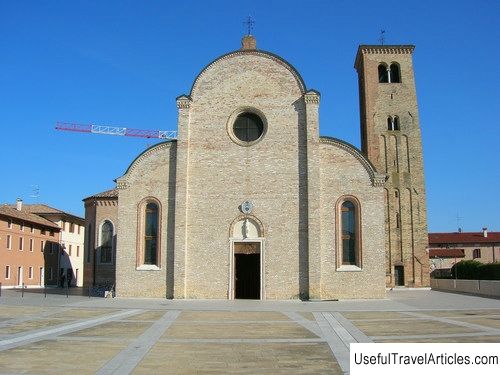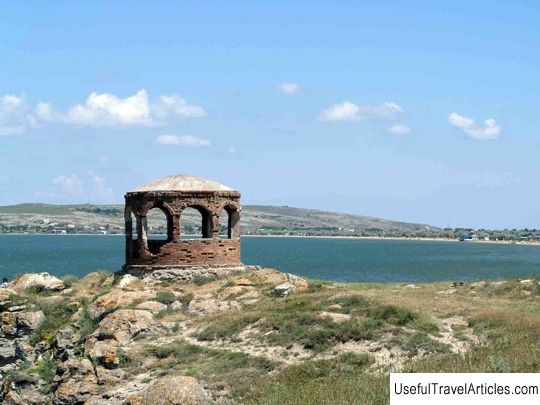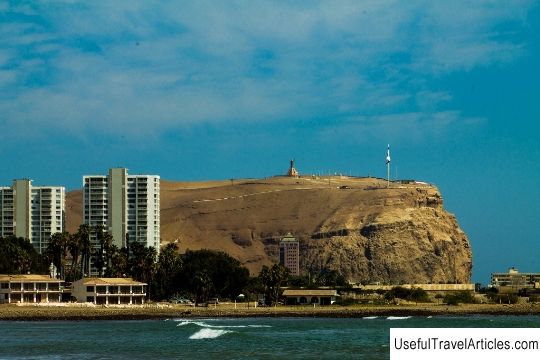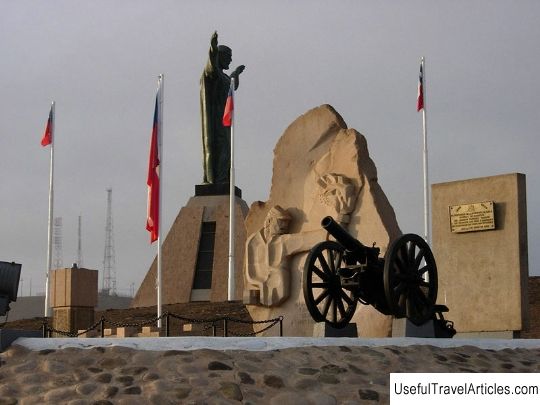Concordia Sagittaria description and photos - Italy: Adriatic Riviera
Rating: 7,8/10 (663 votes) 
Concordia Sagittaria description and photos - Italy: Adriatic Riviera. Detailed information about the attraction. Description, photographs and a map showing the nearest significant objects. The name in English is Concordia Sagittaria. Photo and descriptionConcordia Sajittaria was founded in 42 BC. by the Romans at the place where the roads of Via Annius and Via Postumius intersected. Concordia soon became a city of particular importance, and between the 3rd and 2nd centuries A.D. was a military outpost. At that time, the Apennine peninsula was often attacked by barbarians, and to protect the open area of Aquileia, soldiers were deployed in Concordia, who could quickly come to the aid of the inhabitants of the "City of the Patriarchs". It was thanks to the relationship with Aquileia that Concordia grew culturally during the decline of the Roman Empire - this was also facilitated by the rapid spread of Christianity and the creation of a church hierarchy. However, at the end of the 6th century, as a result of devastating floods and constant barbarian attacks, the city was seriously damaged. The revival of Concordia only took place between the 10th and 11th centuries, when the Cathedral was built here. However, shortly thereafter, due to the unfavorable sanitary situation in the city, the episcopal see was moved to neighboring Portogruaro. This, of course, was one of the reasons that Concordia remained a small provincial town. Today, if you want to travel back in time, you should definitely visit Concordia Sajittaria with its preserved atmosphere of Ancient Rome. This city is rich in monuments of history and architecture - buildings, squares, ancient Roman ruins and churches. Many artifacts found in Concordia are on display at the Archaeological Museum. On Via San Pietro you can see the arch of the Roman bridge, the forum and the amphitheater. And next to Via Claudia are the baths - one of the most important buildings in the social life of the Romans. A real archaeological gem of Concordia is its square with the ruins of the Trihor Martyrium from the middle of the 4th century - this building was built in memory of the great martyrdom of the first Christians. There is also the 10th-century Cathedral of San Stefano with the ruins of a 4th-century basilica, which has preserved fragments of mosaics. Completing the general view of the main square of Concordia is a bell tower 28 meters high and a baptistery of the late 9th century, built in the Byzantine style and containing ancient frescoes and an antique font. And next to Via Claudia there are baths - one of the most important buildings in the social life of the Romans.The real archaeological gem of Concordia is its square with the ruins of the Trihor Martyrium from the middle of the 4th century - this building was built in memory of the great martyrdom of the first Christians. There is also the 10th-century Cathedral of San Stefano with the ruins of a 4th-century basilica, which has preserved fragments of mosaics. Completing the general view of the main square of Concordia is a bell tower 28 meters high and a baptistery of the late 9th century, built in the Byzantine style and containing ancient frescoes and an antique font.         We also recommend reading Puppet theater description and photos - Russia - North-West: Arkhangelsk Topic: Concordia Sagittaria description and photos - Italy: Adriatic Riviera. |




